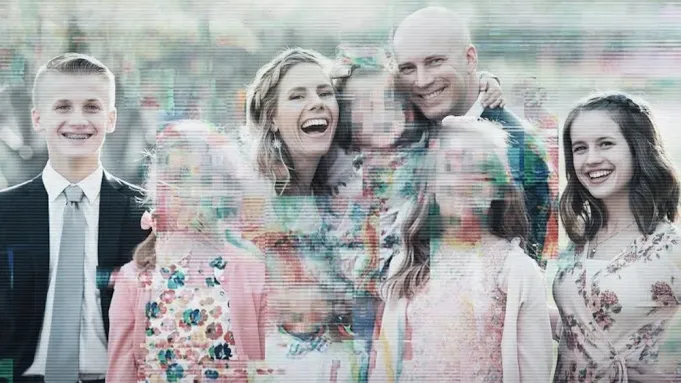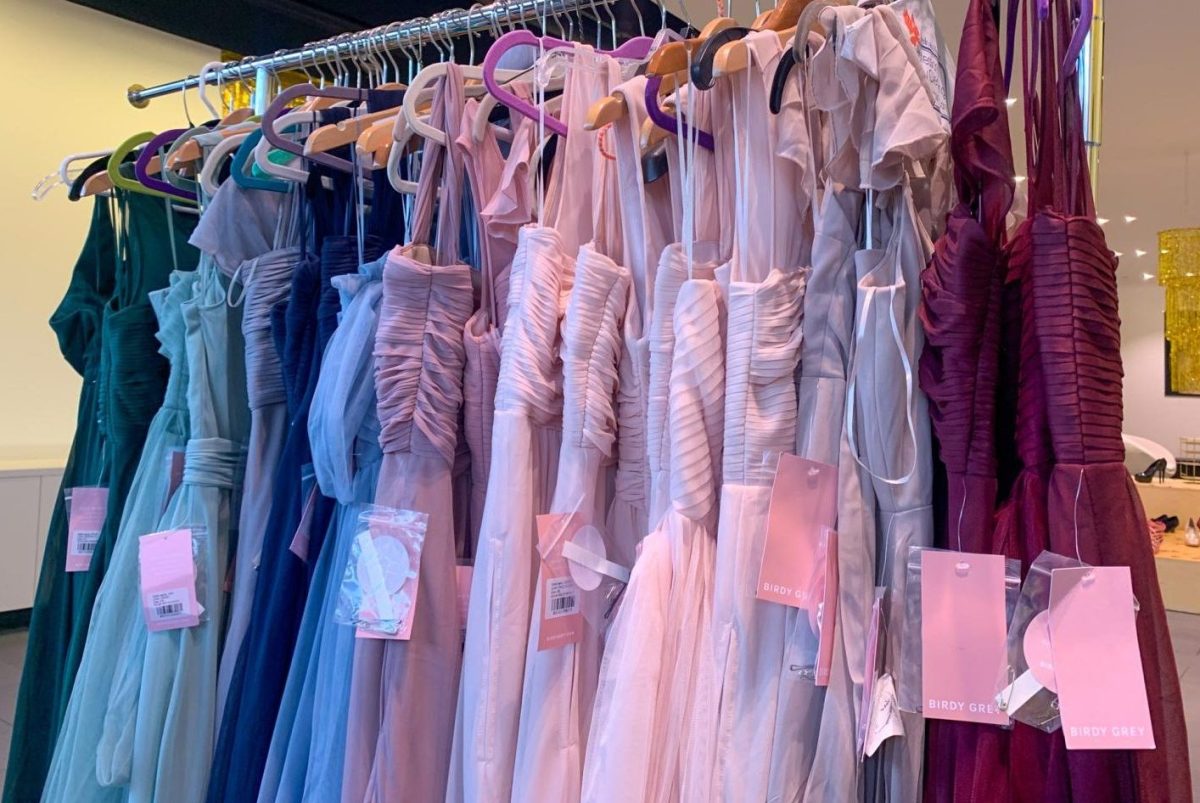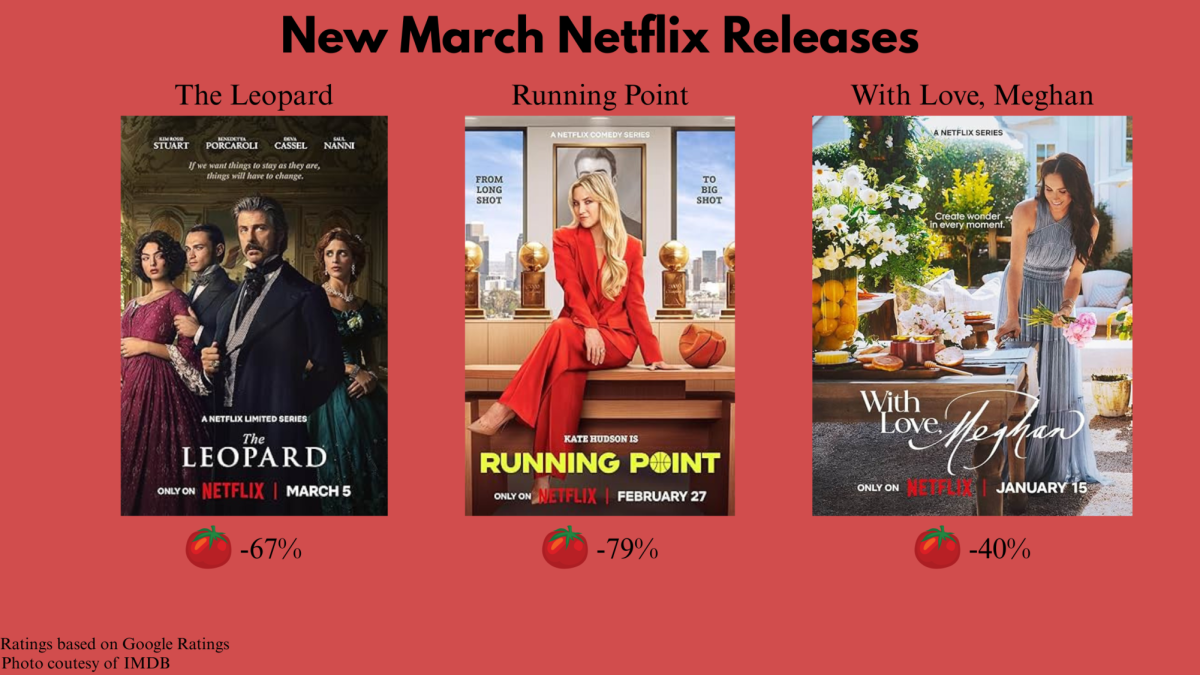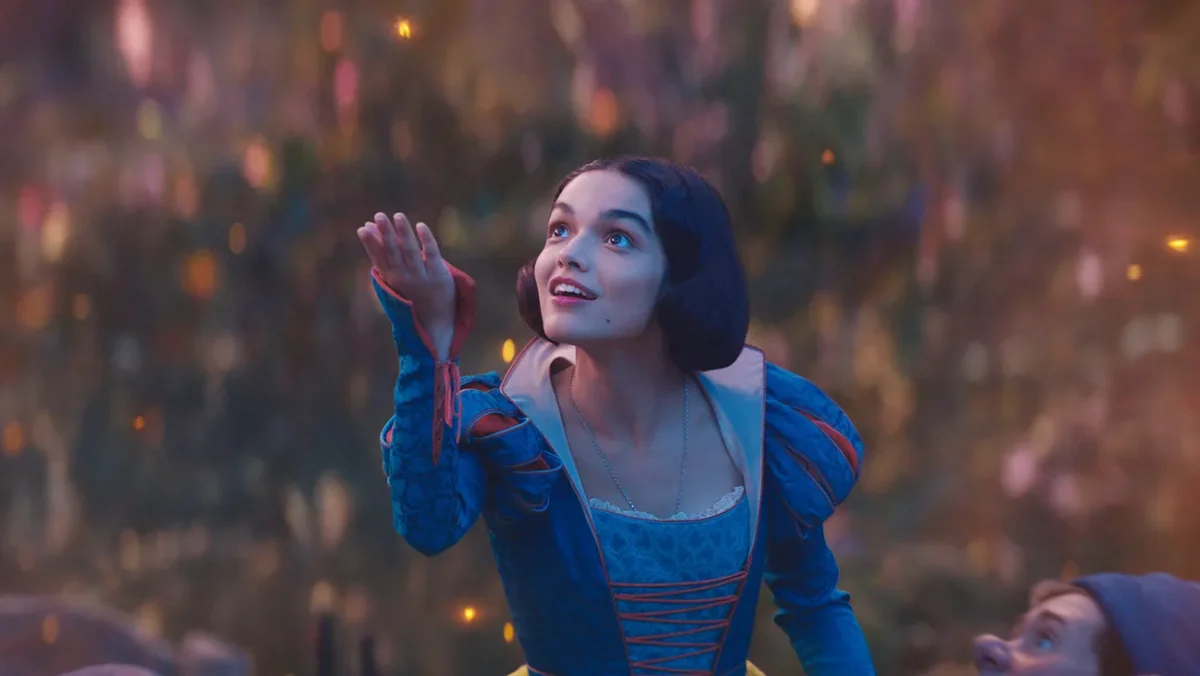“‘Can’t repeat the past?’ he cried incredulously. ‘Why, of course you can!’”
Gatsby was right. Baz Luhrmann’s take on F. Scott Fitzgerald’s The Great Gatsby has shown us that you absolutely can repeat the past. However, this adaptation is full of more glitz, glamour and spirit than ever before. With such stunning visuals, Luhrmann conquers the classic book-to-movie conundrum: How does one make an interesting movie when most of the audience already knows how the story ends?
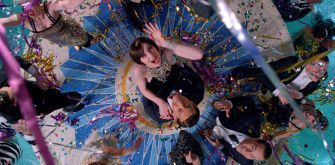
With spectacular sets, lights, costumes and music, of course! The film is shot in a medium somewhere between traditional digital and animation — almost as if the whole movie was airbrushed with a dreamy liquid meant to transport the audience to a world just as unfamiliar to this generation as the one the book was set in, the Roaring ’20s. Its almost-real essence helps smoothly blend elements of the past and the present without the modern touches feeling out of place.
Though both the book and the movie almost perfectly represent the historical culture of the ’20s, there is a modernity to the film that updates the story to appeal to a younger generation. With popular rap music and well-known celebrities, Luhrmann fuses old and new to make Gatsby not only a window into the past, but a somewhat mirror of the present.
Despite the innovation of the visual effects, the movie follows the book almost exactly, going so far as to take passages directly from Fitzgerald’s text. Though it could be said that Luhrmann was a little heavy-handed with direct quotes from the book, if the movie had deviated too far from the original story, fans would have complained.
There is a certain comfort in hearing a golden, familiar phrase being spoken by a character, or seeing a scene just as the book described it. In the book, when Nick first visits Daisy at her house on East Egg, Fitzgerald describes the room with flawless detail. “A breeze blew through the room, blew curtains in at one end and out the other like pale flags, twisting them up toward the frosted wedding-cake of the ceiling, and then rippled over the wine-colored rug, making a shadow on it as wind does on the sea.” And low and behold, the scene from the movie takes that description to epic heights, with giant white curtains blowing wildly around the perimeter of the room as Nick approaches Daisy’s couch from behind. Sensing Nick’s presence, Daisy slowly peeks up from behind the couch, giving us a first glimpse of Daisy’s (Carey Mulligan) impeccable face.
The acting is a high point of the film, and all the actors embody their characters just as the book suggests they should. Mulligan’s performance is especially outstanding. She plays up Daisy’s confusion for her feelings, but always uses her big, wide eyes to keep that sense of naivety that defines her. After all, “They were careless people, Tom and Daisy.”
And thankfully, though there was much skepticism, Leonardo DiCaprio makes a great Gatsby. He has matured past his time as Jack in Titanic, and time has given him elegance that completes his Gatsby persona. His chemistry with Daisy is more mature as well, and appears effortless.
Meanwhile, Nick (Tobey Maguire) plays the third wheel of the century, with a wider variety of facial expressions than all of the other characters combined. At times it seems that Maguire doesn’t quite know how he was supposed to behave, but in the book Nick is always being swept around by other characters, so his oblivious behavior, whether intended or not, works in his favor.
The only character downfall was the portrayal of Myrtle Wilson (Isla Fisher). In the book, she is a working-class wife who somehow remains classy while having an affair with Daisy’s husband. However, in the movie she is reduced to a scandalous shell of that classy woman, and it throws off the whole dynamic of the ending. Instead of feeling sorry for Myrtle after her death, and being deeply disappointed with Daisy, the car accident is played off as a blameless misfortune.
Suggestions to read the book before seeing the movie may seem like a broken record, but for this movie it is a must. The little details taken from the book that directly translate onto the screen are a delight to see, and may have gone unnoticed otherwise.
The Great Gatsby opened on May 10 and runs for 2 hours and 22 minutes.


